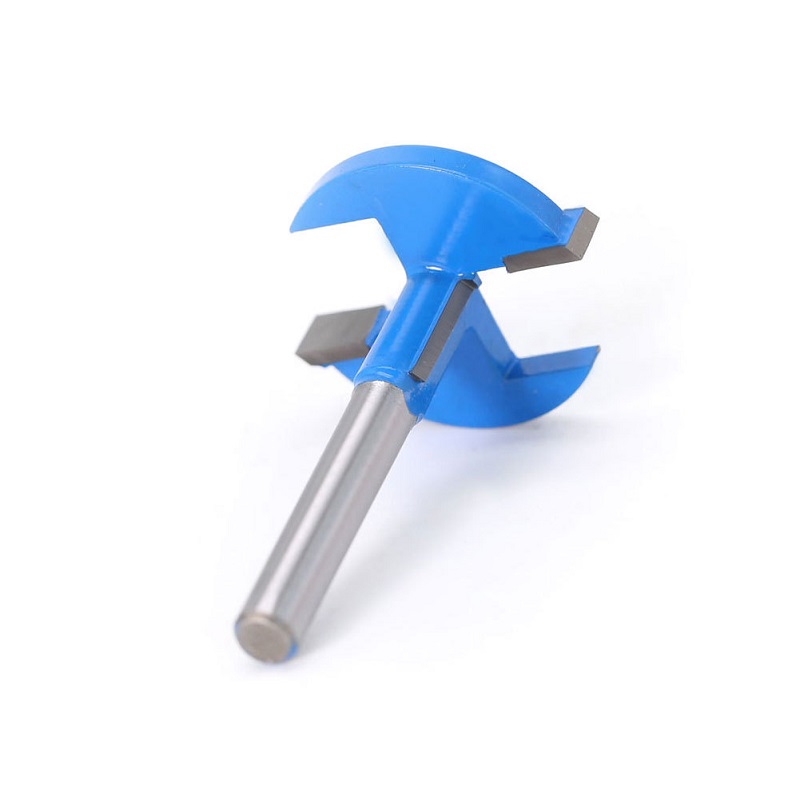The Cutting Edge: How Modern Wood Milling Cutters Revolutionize Material Processing
What Are Wood Milling Cutters?
Wood milling cutters are specialized cutting tools designed to shape, carve, or remove material from wood using rotating motion. They attach to milling machines, routers, or CNC (Computer Numerical Control) systems, leveraging sharp edges and unique geometries to perform tasks like profiling, grooving, dadoing, and contouring. From simple straight cuts to complex 3D carvings, these cutters are versatile enough to handle a wide range of woodworking applications.
Key Features of Wood Milling Cutters
1. Material Composition
The material of a wood milling cutter directly impacts its durability, sharpness, and performance. The most common materials include:
- High-Speed Steel (HSS): Affordable and versatile, HSS cutters are ideal for softwoods and occasional use. They retain sharpness at moderate speeds and are easy to sharpen.
- Carbide-Tipped: These cutters have a steel body with carbide inserts (tungsten carbide) on the cutting edges. Carbide is harder and more heat-resistant than HSS, making them perfect for hardwoods, plywood, and high-volume production. They last 5–10 times longer than HSS.
- Solid Carbide: For precision work and extremely hard materials (like exotic hardwoods), solid carbide cutters offer unbeatable sharpness and wear resistance, though they’re more brittle and costly.
2. Cutter Geometry
The shape and design of the cutter determine its function:
- Straight Cutters: Used for making flat surfaces, grooves, or dados. They have a straight cutting edge and are available in various widths.
- Router Bits: Include profiles like roundover, chamfer, and ogee, designed to shape edges or create decorative details.
- End Mills: Feature cutting edges on the end and sides, suitable for 3D carving, slotting, and profiling in CNC machines.
- Spiral Cutters: Rotate in a spiral pattern, reducing tear-out and producing smoother finishes—ideal for hardwoods and veneers.
3. Shank Size
The shank is the non-cutting part that attaches to the machine. Common sizes include ¼ inch, ½ inch, and ⅜ inch for routers, while CNC machines often use larger shanks (e.g., 10mm or 12mm) for stability during high-speed operation. Matching the shank size to your machine ensures a secure fit and reduces vibration.
Technical Information: How Wood Milling Cutters Perform
1. Cutting Speed and Feed Rate
- Cutting Speed: Measured in feet per minute (FPM), it refers to how fast the cutter’s edge moves across the wood. Softwoods (e.g., pine) require lower speeds (1,000–3,000 FPM), while hardwoods (e.g., oak) need higher speeds (3,000–6,000 FPM) to prevent burning.
- Feed Rate: The speed at which the wood is fed into the cutter (inches per minute, IPM). A slower feed rate for hard materials ensures clean cuts, while faster rates work for softwoods. Carbide cutters can handle higher feed rates than HSS due to their heat resistance.
2. Number of Flutes
Flutes are the grooves that allow chips to escape. Cutters with fewer flutes (2–3) remove material quickly, making them great for roughing. More flutes (4–6) produce finer finishes by reducing chip size—ideal for detailing work.
3. Helix Angle
The angle of the flute relative to the cutter’s axis affects chip evacuation and cutting force. A low helix angle (10–20°) provides more torque for tough materials, while a high helix angle (30–45°) allows faster cutting and smoother finishes in softwoods.
Advantages of Using Quality Wood Milling Cutters
1. Precision and Accuracy
High-quality cutters, especially carbide-tipped or CNC-specific models, deliver tight tolerances (up to 0.001 inches), ensuring consistent results for joinery, inlays, and complex designs. This precision is crucial for professional projects where fit and finish matter.
2. Durability and Longevity
Carbide cutters resist wear and heat, outlasting HSS cutters by years in heavy use. This reduces the need for frequent replacements, saving time and money in the long run.
3. Versatility
With a wide range of shapes and sizes, wood milling cutters adapt to diverse tasks: from creating simple dadoes for shelves to carving intricate floral patterns on furniture. Spiral and compression cutters even work on delicate materials like MDF and plywood without tear-out.
4. Efficiency
Modern cutters, such as spiral or multi-flute designs, reduce cutting time by removing material faster and minimizing waste. They also require less sanding afterward, streamlining the workflow.
5. Safety
Well-maintained, sharp cutters reduce vibration and kickback, making them safer to use. Dull cutters, on the other hand, can cause the machine to bind, increasing the risk of accidents.
Choosing the Right Wood Milling Cutter for Your Project
- Material: Use HSS for softwoods and occasional use; carbide-tipped for hardwoods, plywood, or high volume.
- Task: Straight cutters for grooves, router bits for edges, end mills for 3D work.
- Machine: Match shank size to your router or CNC machine.
- Finish: Spiral or multi-flute cutters for smooth results; fewer flutes for roughing.
Post time: Aug-09-2025
